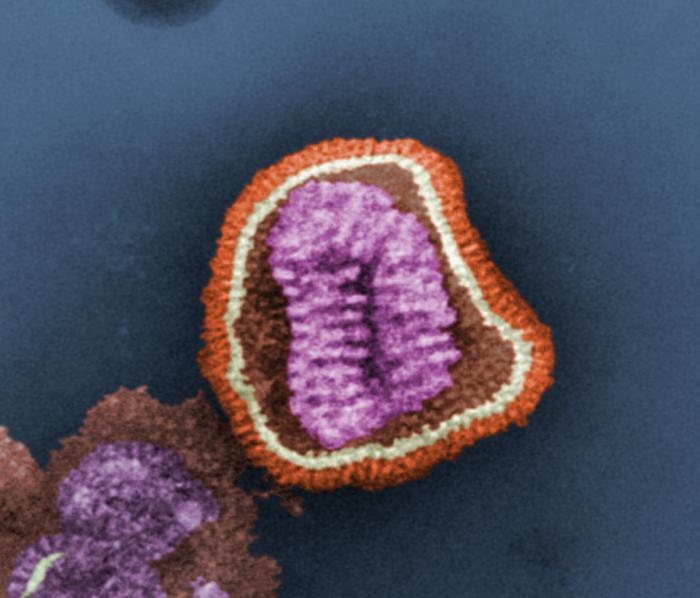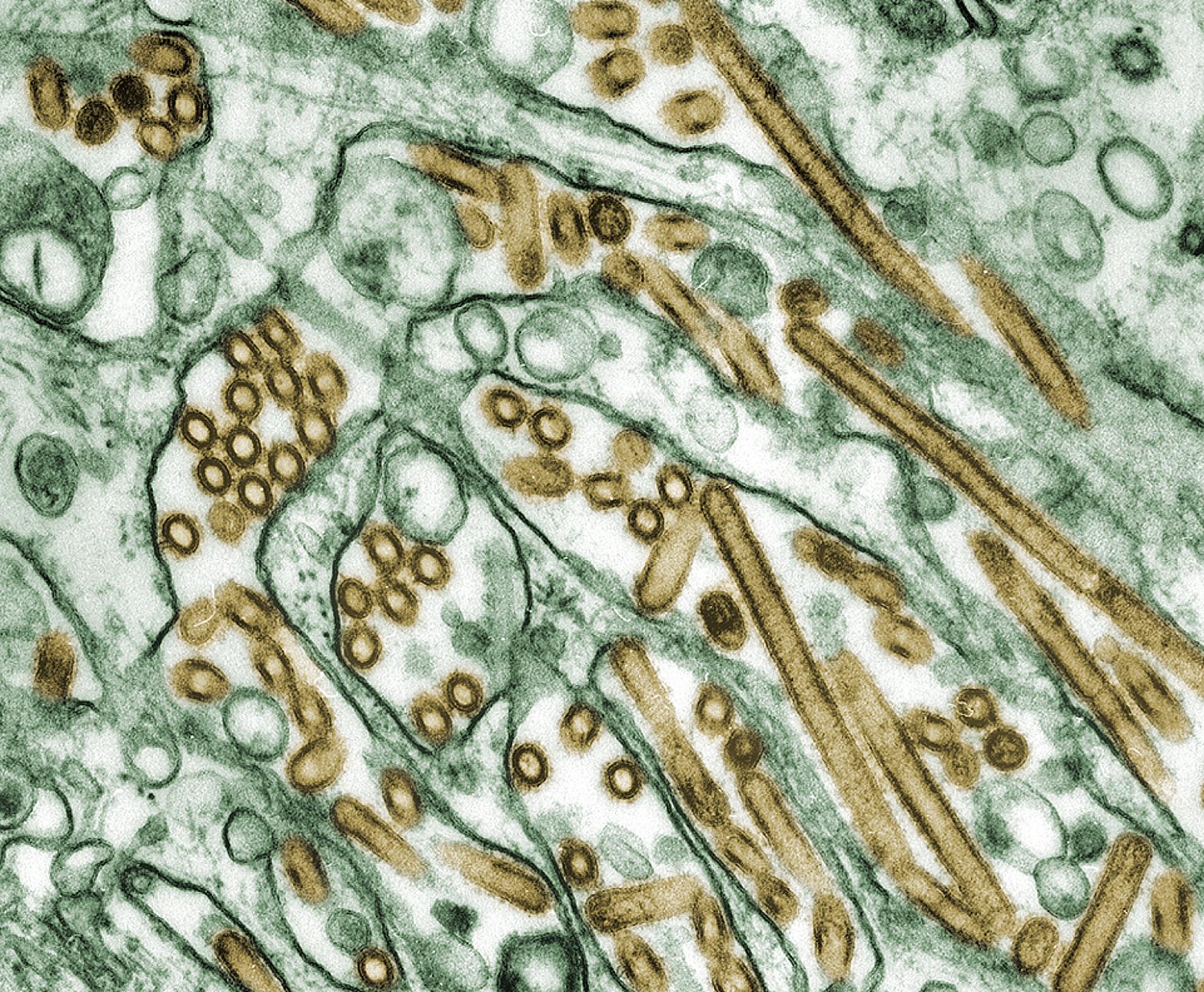TLR ligands induce antiviral responses in chicken macrophages
Chicken macrophages express several receptors for recognition of pathogens, including Toll-like receptors (TLRs). TLRs bind to pathogen-associated molecular patterns (PAMPs) derived from bacterial or viral pathogens leading to the activation of macrophages. Macrophages play a critical role in immunity against viruses, including influenza viruses. The present study was designed to test the hypothesis that treatment of chicken macrophages with TLR ligands reduces avian influenza replication. Furthermore, we sought to study the expression of some of the key mediators involved in the TLR-mediated antiviral responses of macrophages. Chicken macrophages were treated with the TLR2, 3, 4, 7 and 21 ligands, Pam3CSK4, poly(I:C), LPS, R848 and CpG ODN, respectively, at different doses and time points pre- and post-H4N6 avian influenza virus (AIV) infection. The results revealed that pre-treatment of macrophages with Pam3CSK4, LPS and CpG ODN reduced the replication of AIV in chicken macrophages. In addition, the relative expression of genes involved in inflammatory and antiviral responses were quantified at 3, 8 and 18 hours post-treatment with the TLR2, 4 and 21 ligands. Pam3CSK4, LPS and CpG ODN increased the expression of interleukin (IL)-1?, interferon (IFN)-?, IFN-? and interferon regulatory factor (IFR) 7. The expression of these genes correlated with the reduction of viral replication in macrophages. These results shed light on the process of immunity to AIV in chickens.
Back to publications

